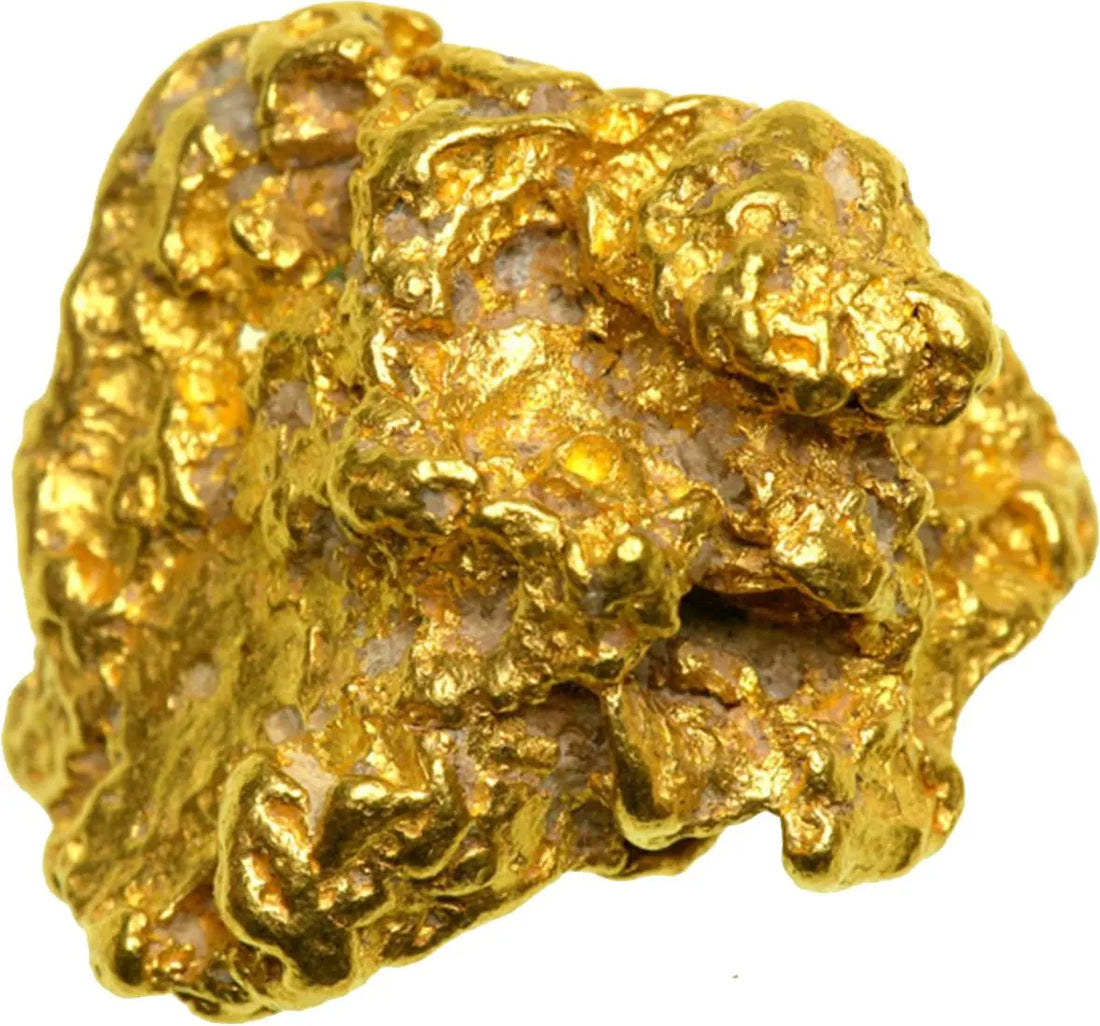
Learning the Prospecting basics - Unveiling the Geological Indicators of Gold Presence in Soil
Share
Unveiling the Geological Indicators of Possible Gold Presence in Soil.
Gold, a precious metal revered for its beauty and value, has captivated human interest for centuries. Prospecting for gold requires an understanding of the geological indicators that can hint at its presence in the soil. By recognising these indicators, prospectors and geologists can increase their chances of locating gold deposits.
While we can't give you all the answers, this article should help with learning some new terminology and giving you some more topics to research and gain knowledge about. If you don't recognise a term, look it up as that will lead you down yet another path of knowledge.
Enjoy the article and I hope it helps with some basic geo starting points for looking for gold in Australia.
Here we explore the key geological indicators that suggest the potential presence of gold in the soil.
- Rock Types and Mineral Associations: Certain rock types and mineral associations are closely linked to gold mineralisation. While gold can be found in various rock formations, there are specific types that are more commonly associated with its occurrence. These include:
- Quartz Veins: Gold often occurs within quartz veins, which are formed when hydrothermal fluids carrying gold and other minerals fill fractures in the rock.
- Schist and Gneiss: These metamorphic rocks can host gold mineralization, particularly when they contain quartz veins or sulphide minerals like pyrite.
- Skarn Deposits: Skarns, formed by the interaction between heated fluids and carbonate-rich rocks, can be favourable environments for gold deposition.
- Hydrothermal Alteration: Hydrothermal alteration refers to the chemical changes that occur in rocks when they come into contact with hot fluids carrying various minerals. Some alteration types associated with gold deposits include:
- Silicification: The process of silicification involves the replacement of rock minerals with silica, commonly associated with the presence of quartz veins carrying gold.
- Sericitization: This alteration results in the formation of fine-grained white mica (sericite) and is often observed near gold-bearing quartz veins.
- Pyrite and Sulfide Minerals: The presence of pyrite (fool's gold) and other sulfide minerals, such as arsenopyrite and pyrrhotite, can indicate a potential gold mineralization zone.
- Geochemical Anomalies: Geochemical anomalies refer to abnormal concentrations of specific elements or compounds in the soil or rock. Several elements are often associated with gold mineralization, and their presence can be indicative of nearby gold deposits. These elements include:
- Arsenic (As): Elevated arsenic concentrations can suggest the proximity of gold mineralization, as gold often coexists with arsenopyrite.
- Antimony (Sb) and Mercury (Hg): These elements are commonly associated with gold mineralization and can serve as valuable indicators.
- Pathfinder Elements: Elements like lead (Pb), zinc (Zn), copper (Cu), and bismuth (Bi) can also provide hints of gold mineralization when they occur in anomalous concentrations.
- Geological Structures: Geological structures, such as faults, shears, and folds, can play a crucial role in gold deposition. These structures create pathways for hydrothermal fluids to circulate, facilitating the precipitation of gold and other minerals. Detailed mapping and analysis of geological structures in an area can help identify potential gold-bearing zones.
Identifying the geological indicators of gold presence in the soil is a critical step in successful gold prospecting and exploration. By understanding the rock types, mineral associations, hydrothermal alteration patterns, geochemical anomalies, and geological structures associated with gold deposits, prospectors and geologists can focus their efforts on areas with a higher potential for gold mineralization. It is important to note that these indicators are not definitive proof of gold presence, but they serve as valuable guidelines in the search for this coveted metal.
Like i said at the start of the article, this doesn't explain everything but it gives you some solid points to get started and further you research and knowledge building.
Happy Prospecting
Clegy
Aussie Detectorist.
Looking for a new metal Detector?
Here is our range.
https://detectorist.com.au/collections/metal-detectors

